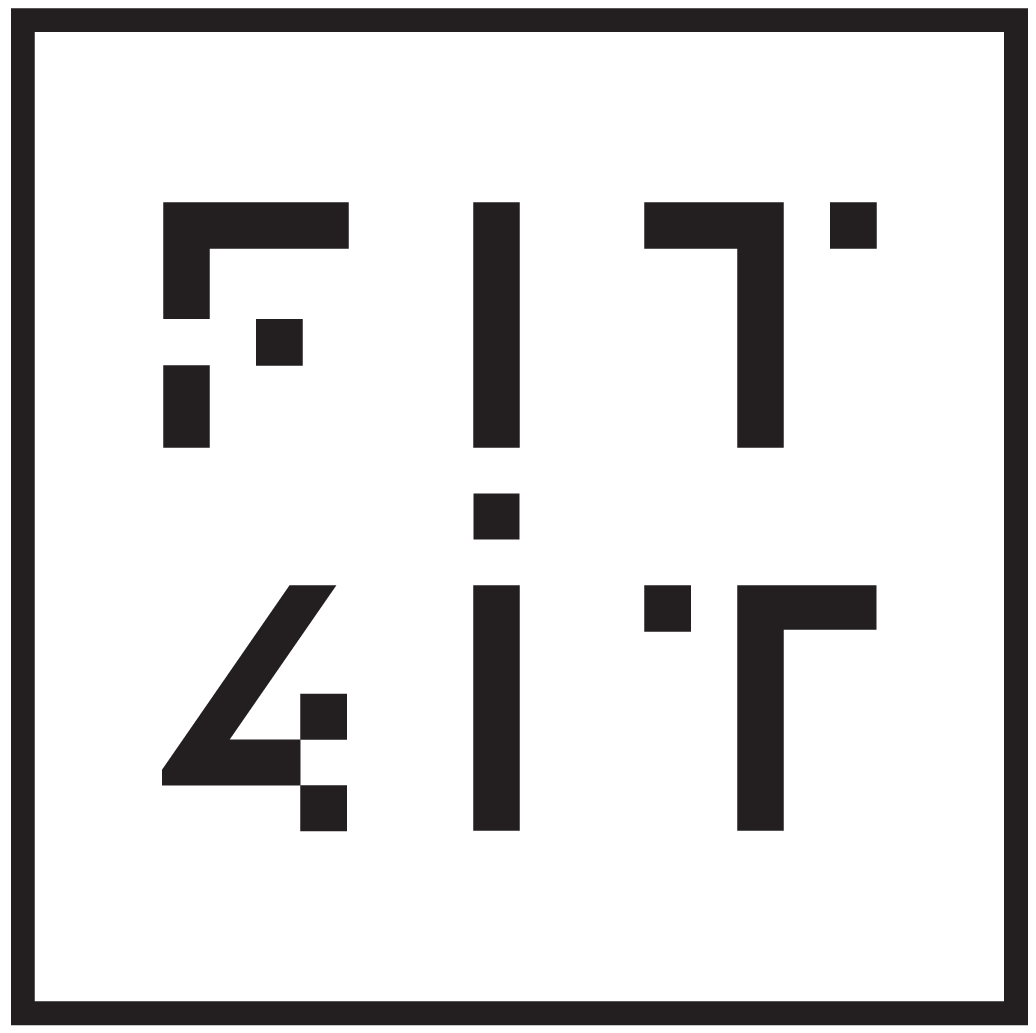
How to Read and Understand Nutrition Labels
Navigating the world of nutrition labels can be overwhelming, especially with the variety of information presented on packaging. However, understanding how to read and interpret these labels is crucial for making informed food choices and maintaining a healthy diet. In this blog post, we’ll break down the key components of nutrition labels and offer tips for understanding and using this information effectively.
1. What is a Nutrition Label?
A nutrition label provides detailed information about the nutritional content of a food product. It helps you understand what you’re consuming and how it fits into your overall diet. Nutrition labels are typically found on packaged foods and beverages and include details about calories, macronutrients, micronutrients, and other ingredients.
2. Key Components of Nutrition Labels
A. Serving Size
- What It Is: The serving size is the amount of food or drink that is considered one serving, as defined by the manufacturer.
- Why It Matters: All nutritional information on the label is based on this serving size. To accurately assess the nutritional content, you must compare the serving size to the amount you actually consume.
B. Calories
- What It Is: Calories represent the amount of energy you get from one serving of the product.
- Why It Matters: Monitoring calorie intake helps you manage your weight and energy balance. Be mindful of the total calories in relation to your daily caloric needs.
C. Macronutrients
- Total Fat
- What It Is: This includes all types of fat in the product (saturated, unsaturated, and trans fats).
- Why It Matters: Managing fat intake is important for heart health. Look for products with lower saturated and trans fats and higher unsaturated fats.
- Saturated Fat
- What It Is: A type of fat that can raise LDL (bad) cholesterol levels.
- Why It Matters: Consuming too much saturated fat can increase the risk of heart disease. Aim to limit your intake.
- Trans Fat
- What It Is: A type of fat that is often found in processed foods and can negatively affect cholesterol levels.
- Why It Matters: It’s best to avoid trans fats altogether as they can contribute to cardiovascular problems.
- Cholesterol
- What It Is: A substance found in animal products that can impact heart health.
- Why It Matters: While dietary cholesterol’s impact on blood cholesterol levels is debated, limiting high-cholesterol foods is still advisable for heart health.
- Total Carbohydrates
- What It Is: Includes all carbohydrates in the product, including fiber, sugars, and starches.
- Why It Matters: Carbohydrates provide energy, but it’s important to choose complex carbohydrates and monitor sugar intake.
- Dietary Fiber
- What It Is: A type of carbohydrate that aids digestion and supports overall health.
- Why It Matters: High-fiber foods can improve digestive health and help you feel fuller longer. Aim for foods with higher fiber content.
- Sugars
- What It Is: Includes both naturally occurring sugars and added sugars.
- Why It Matters: Limiting added sugars is important for managing weight and reducing the risk of chronic diseases.
- Protein
- What It Is: Essential for growth, repair, and maintenance of tissues.
- Why It Matters: Adequate protein intake supports muscle health, immune function, and overall bodily processes.
D. Micronutrients
- Vitamins and Minerals
- What It Is: Includes important nutrients like Vitamin A, Vitamin C, calcium, and iron.
- Why It Matters: Ensuring adequate intake of these nutrients is essential for various bodily functions and overall health.
E. % Daily Value (%DV)
- What It Is: Indicates how much a nutrient in one serving of the product contributes to your daily diet, based on a 2,000-calorie daily intake.
- Why It Matters: Helps you gauge whether a food product is high or low in specific nutrients. For example, a %DV of 20% means the product provides 20% of the daily recommended amount for that nutrient.
3. Tips for Using Nutrition Labels
A. Compare Products
- How To: Use nutrition labels to compare similar products. Look at serving sizes and the amounts of key nutrients to choose healthier options.
B. Watch Out for Serving Sizes
- How To: Be mindful of serving sizes, especially if you’re consuming more than one serving. Adjust the nutritional information accordingly.
C. Focus on Nutrient Density
- How To: Prioritize foods that provide a high amount of nutrients (vitamins, minerals, fiber) relative to their calorie content. These are considered nutrient-dense.
D. Be Skeptical of Claims
- How To: Be cautious of marketing claims such as “low-fat” or “sugar-free.” Check the nutrition label to verify the actual nutritional content.
4. Practical Applications
A. Meal Planning
- How To: Use nutrition labels to plan balanced meals. Choose products that meet your dietary goals and support a well-rounded diet.
B. Special Diets
- How To: If you have specific dietary needs (e.g., low-sodium, high-protein), use nutrition labels to find products that meet these requirements.
C. Healthy Shopping
- How To: When grocery shopping, compare labels to make healthier choices and avoid products high in unhealthy fats, sugars, or sodium.
Conclusion
Understanding nutrition labels is a powerful tool for making informed food choices and supporting a healthy diet. By familiarizing yourself with the components of nutrition labels and using them effectively, you can better manage your nutritional intake and make choices that align with your health goals. Remember to consider serving sizes, compare products, and focus on nutrient density to achieve a balanced and nutritious diet.





No Comments